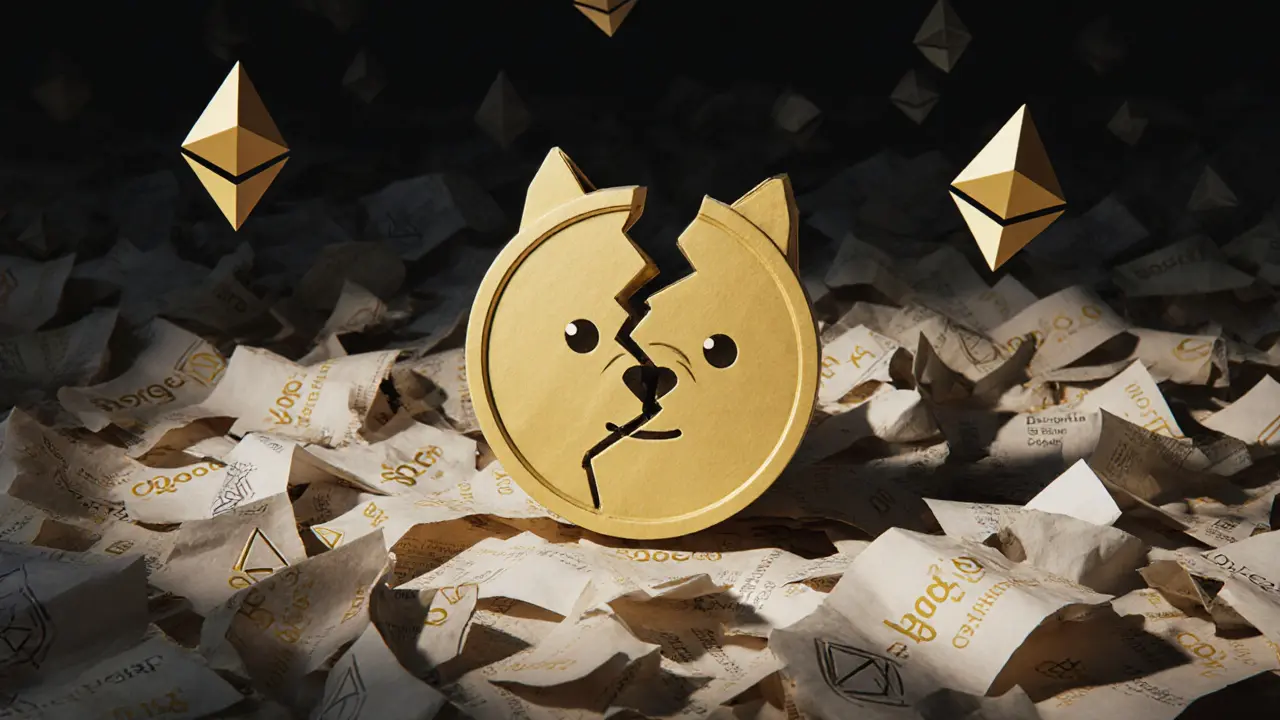ERC-20 Token Overview and Latest Insights
When working with ERC-20 token, a fungible token standard that defines how assets behave on the Ethereum blockchain. Also known as ERC20, it enables seamless transfer, approval, and balance queries across wallets and decentralized applications. Understanding this standard is the first step to navigating the broader crypto landscape.
Key Building Blocks Around ERC-20 Tokens
The ERC-20 token ecosystem rests on a few core pillars. Ethereum, the open‑source platform that powers most public blockchains today provides the network layer where tokens live. Smart contract, self‑executing code that enforces token rules without a middleman implements the ERC‑20 interface, handling functions like transfer() and approve(). Together they create a trustless environment where anyone can launch a new asset with a few lines of Solidity.
Beyond the technical foundation, tokenomics shape how value flows. Parameters such as total supply, inflation rate, and distribution schedule dictate market behavior. For developers, tweaking these attributes inside the smart contract can attract investors or sustain ecosystem incentives. For traders, understanding the tokenomics helps assess risk and spot opportunities in a crowded market.
A popular way to distribute ERC‑20 tokens is through an airdrop. Projects allocate a slice of their supply to early adopters, community members, or specific wallet addresses. A well‑executed airdrop can jump‑start network effects, boost liquidity on decentralized exchanges, and generate buzz. However, it also brings compliance considerations and the need for clear claim procedures to avoid scams.
Decentralized exchanges (DEXs) like SushiSwap, Uniswap, and newer entrants such as ApeSwap on Arbitrum act as the primary venues where ERC‑20 tokens find price discovery. These platforms rely on the same ERC‑20 standard to move tokens in and out of liquidity pools, making the standard a universal lingua franca for DeFi. When a new token lists, its smart contract must pass the ERC‑20 compliance checks before it can interact with any DEX.
For anyone dipping their toes into the ERC‑20 space, a few practical steps can accelerate learning. First, read the official ERC‑20 EIP to grasp required function signatures. Second, spin up a test token on an Ethereum testnet—this hands‑on experience reveals nuances like gas costs and event emissions. Third, monitor real‑world examples: from flagship coins like USDC to niche airdrop projects, each illustrates a different tokenomic model.
If you're looking for a quick rundown, the ERC-20 token roadmap is right here. Below you’ll find a curated collection of posts covering everything from Bitcoin mining tricks to DEX reviews, airdrop guides, and token‑specific deep dives. Use this resource to sharpen your understanding, compare platforms, and stay ahead of emerging trends in the ERC‑20 universe.





